From shielding ancient Egyptians from the scorching sun to protecting us from modern downpours, the umbrella has been a steadfast companion for thousands of years. Its rich history and evolution have led to a variety of styles and functionalities, making it more than just a tool for rain or sun protection. Despite its ordinary appearance, the umbrella embodies a deep history, diverse uses, and careful craftsmanship. This blog will explore its evolution, construction, and key factors in choosing the best umbrella.
The Invention of the Umbrella
When was the umbrella invented? The idea of protecting oneself from the inclemencies of the weather is as old as humanity, but the history of the development of the umbrella, as it is known today in its present form, is quite an interesting journey.
Although solid evidence is rarely found to prove it, it is believed that primitive men used available material at hand, like leaves or animal skins, to safeguard themselves against the rain and sun. It was then that the ancient civilizations of Egypt and China came up with the earliest forms of more developed protection against the rain.
Major figures and civilizations that made inventions under the umbrella. It may well be that the first umbrella-like structures originated in China around 3500 BC.
The first forms of umbrellas were merely developed from bamboo sticks and animal skin, which not only repelled rain but also gave shelter from the sun.
There exists evidence that the parasol was also adopted by the Egyptians in ancient drawings, where it is illustrated in ancient artwork and objects of artifacts found in tombs, for example, that of King Tutankhamun. Who made the umbrella in its early forms is a topic of historical interest, and these early models served both practical and symbolic purposes.
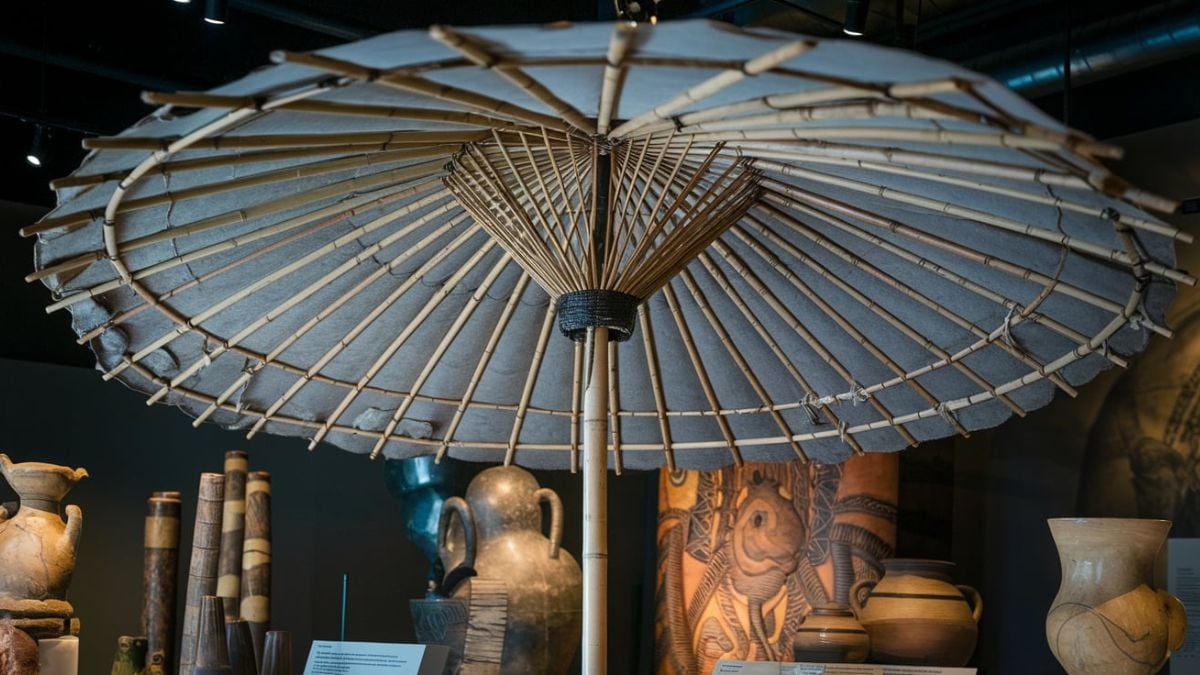

Popularization and cultural impact
From utility items to fashion accessories and everyday carry, the umbrella has traversed a long path, which speaks volumes about its adaptability.
Though specific data may be hard to come by for earlier periods, contemporary sales figures and usage patterns give some idea regarding its popularity in certain regions.
Although it has carried different meanings in different cultures around the world, the meaning of the umbrella varies greatly.
Whereas in some cultures, it expressed status or elegance, in other cultures, it was considered something quite utilitarian. This difference can be attributed to anthropological or sociological studies.
“The mind is like an umbrella. It's most useful when open.” Walter Gropius.


The Anatomy of an Umbrella
Though it may seem like a rather basic device, the umbrella actually isn't. It consists, at its very center, of a sturdy rod—an umbrella's backbone, so to speak. This has protruding ribs attached to the central pole; then there are the ribs, usually made of some resilient material such as steel, aluminum, or even fiberglass.
These ribs provide the framework that supports the canopy, the protective covering of the umbrella. The canopies could be made of nylon, polyester, or cotton, all of which have varying characteristics concerning water resistance, strength, and breathability.
Umbrella’s Materials and Construction
The umbrella is opened and closed using a runner mechanism. The runner is connected to the spoke, and hence to the rib, and consequently to the canopy. The user holds onto the handle connected to the rod.
The materials are crucial in determining the performance and durability of the umbrella. For instance, the canopy of a large rain umbrella is the fabric cover that effectively prevents rain or sunshine from falling on a person. The most commonly used fabrics are nylon and polyester.
Basically, the ribs and rod used in the making of the umbrella are also very crucial in the type of materials chosen.
For example, fiberglass ribs are very flexible and still very strong against the wind, while the rods in steel or aluminum are strong but have different levels of weight and strength.
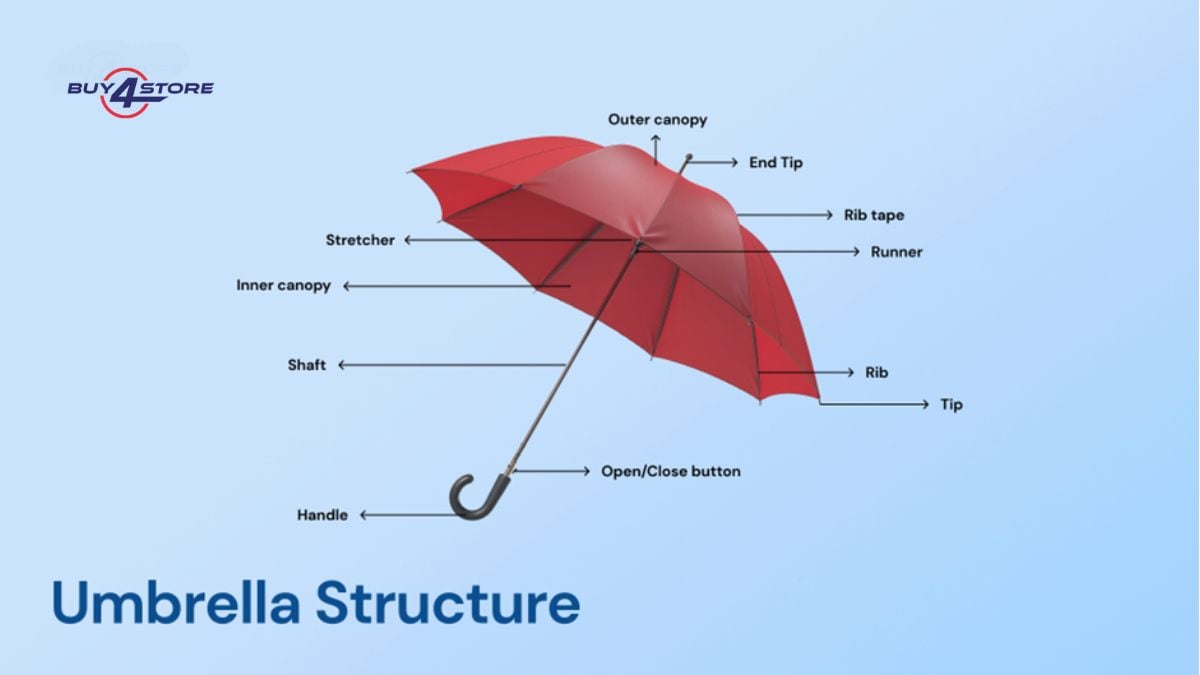

Umbrella Types
Umbrellas are made to fit a spectrum of needs and preferences.
Classic/Standard Umbrella
This is the classic umbrella, typified by its timeless look, which usually adorns high-grade material. Ideal to complement formal occasions but suitable for adding elegance to everyday get-ups, this versatile brolly screams class.
Compact/Folding Umbrella
Compact umbrellas are the on-the-move person's best mate, attaining levels of convenience without loss of protection. These smallest foldable umbrellas easily slip into bags or purses, making them perfect for travel and commutes.
Golf Umbrella
Golf umbrellas have sufficient coverage to keep you and your buddies dry from the blustery conditions. The large windproof umbrella is one of the staples for any outdoor event, whether it's golf, concerts, or sporting events.
Beach Umbrella
Get out of the sun under your ultimate beach umbrella. Shade and stability ensure a leisurely day on the water. Here are some of the best umbrellas to make your time beside the water unforgettable.
Wind-Proof Umbrella
Take on the storm with this large, windproof umbrella that withstood strong gusts of wind to provide better protection and strength.
Kids' Umbrella
Colorful, bright, and fun, the kids umbrellas make an entry with a safe design. Add some fun to a drab, rainy day with the cute kids' umbrellas.
Parasol
Add some finesse to your outdoors with parasols. Mainly used as a sun protector, parasols are quite fashionable and classy in replacing the umbrella.
Choosing the Best Umbrella
The ideal choice of umbrella is only achieved through the consideration of a number of key factors.
Umbrella for Different Weather
Climates largely determine the demand for umbrellas in any region. Where heavy rainfalls are common, great and strong construction is essential, for instance, sturdy aluminum or fiberglass frames with thick, waterproof canopies. Then again, places that are heavily sun-baked require an umbrella aimed at offering protection from the sun, such as a UV-resistant fabric and big canopies.
This can also include wind conditions, apart from rainfall and sunlight. To help a person deal with strong winds, better umbrellas usually have added features such as a stronger frame, an aerodynamically designed canopy shape, and wind vents that lessen pressure.
The best umbrellas for the beach often feature these characteristics to provide reliable protection from the sun and wind.
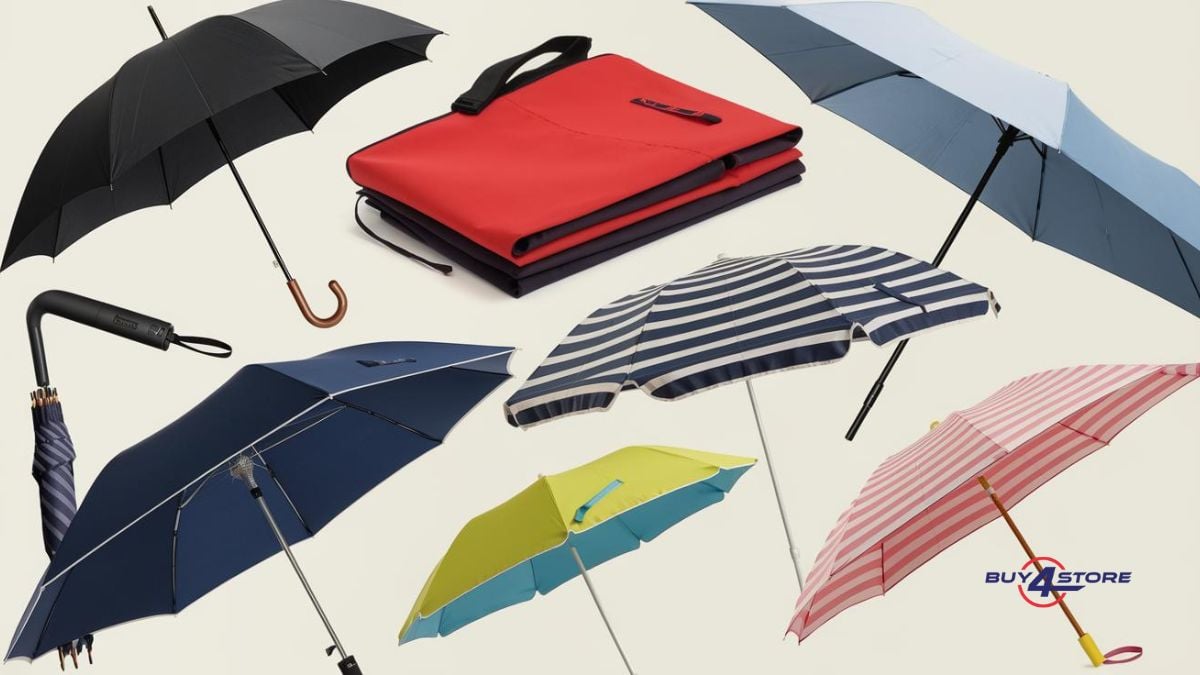

Umbrella for Various Occasions
First, an umbrella was just protection from the rain. Now, it becomes an accessory to suit different lifestyles or occasions. Aside from their practical purpose, umbrellas are turned into fashion statements of one's personal style and taste. Be it the classic look of a long-handled model or the compact smallest umbrella, there is one available to everybody's liking. Whether you're looking to wait out a rainy storm, stay out of the scorching sun, or just have that added refinement, the right umbrella can make all the difference.
Whether you're selecting the best compact travel umbrella or evaluating umbrella size for specific needs, it’s important to consider the weather, occasion, or personal preference. This will help you pick out the perfect umbrella—one that will meet your every need while carrying on the legacy of this long-standing tool with style.
If you're in need of multiple umbrellas, considering bulk clear umbrella options or wholesale umbrellas might be the best route. Purchasing umbrellas in bulk, like those offered by Buy4Store, often results in cost savings and ensures a consistent supply. Whether for personal use, corporate giveaways, or retail purposes, wholesale umbrellas provide a practical and potentially profitable avenue.
And if you're exploring alternatives to umbrellas, options like raincoats, ponchos, or even a full-body umbrella might serve you well. However, for many, the umbrella remains an irreplaceable part of daily life, a testament to its enduring utility and cultural significance.

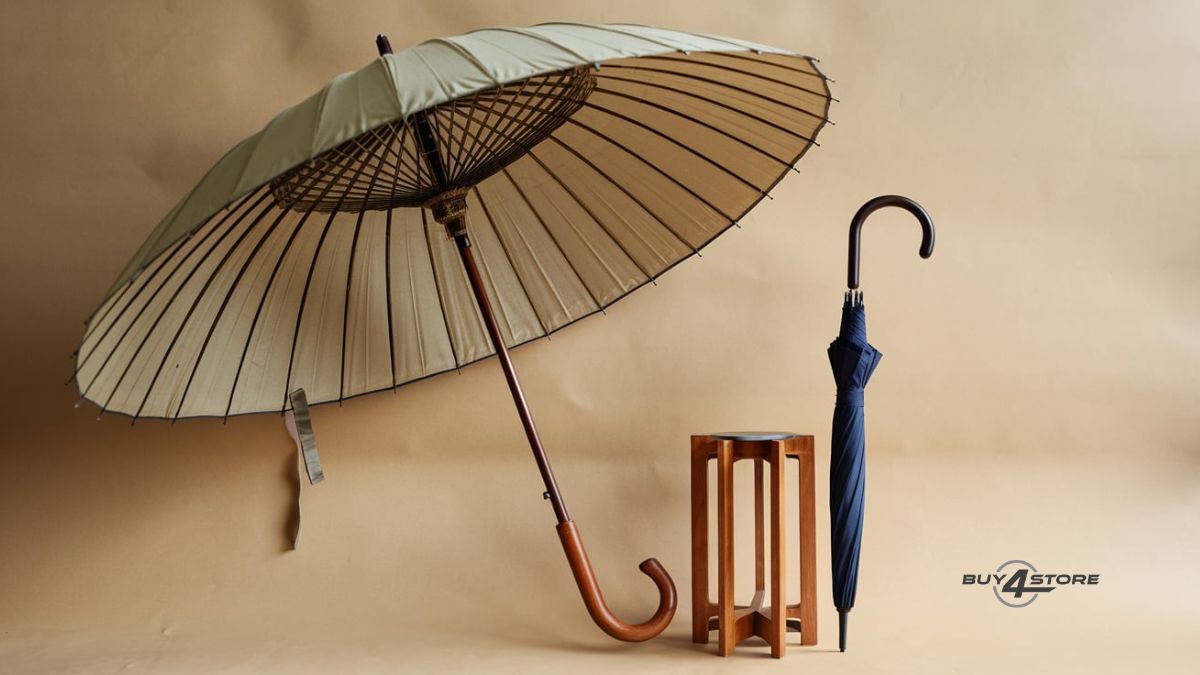
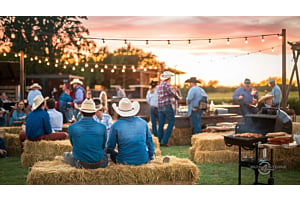

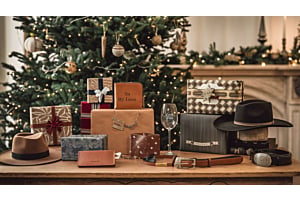
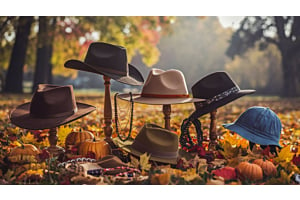



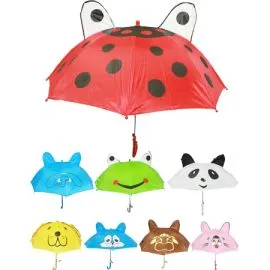
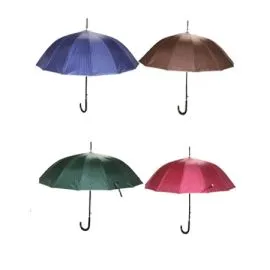

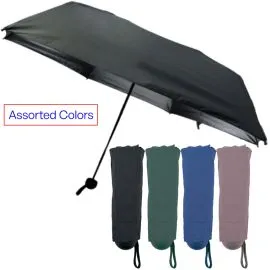
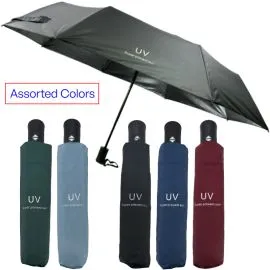
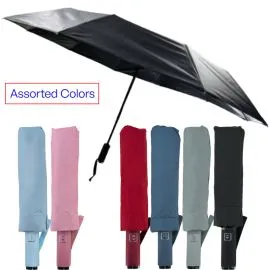
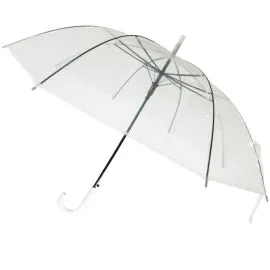
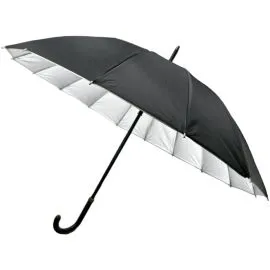
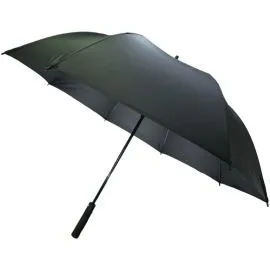
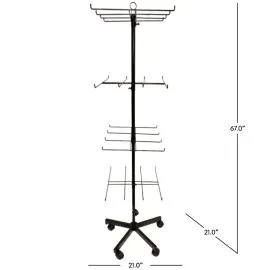
0 Comment(s)